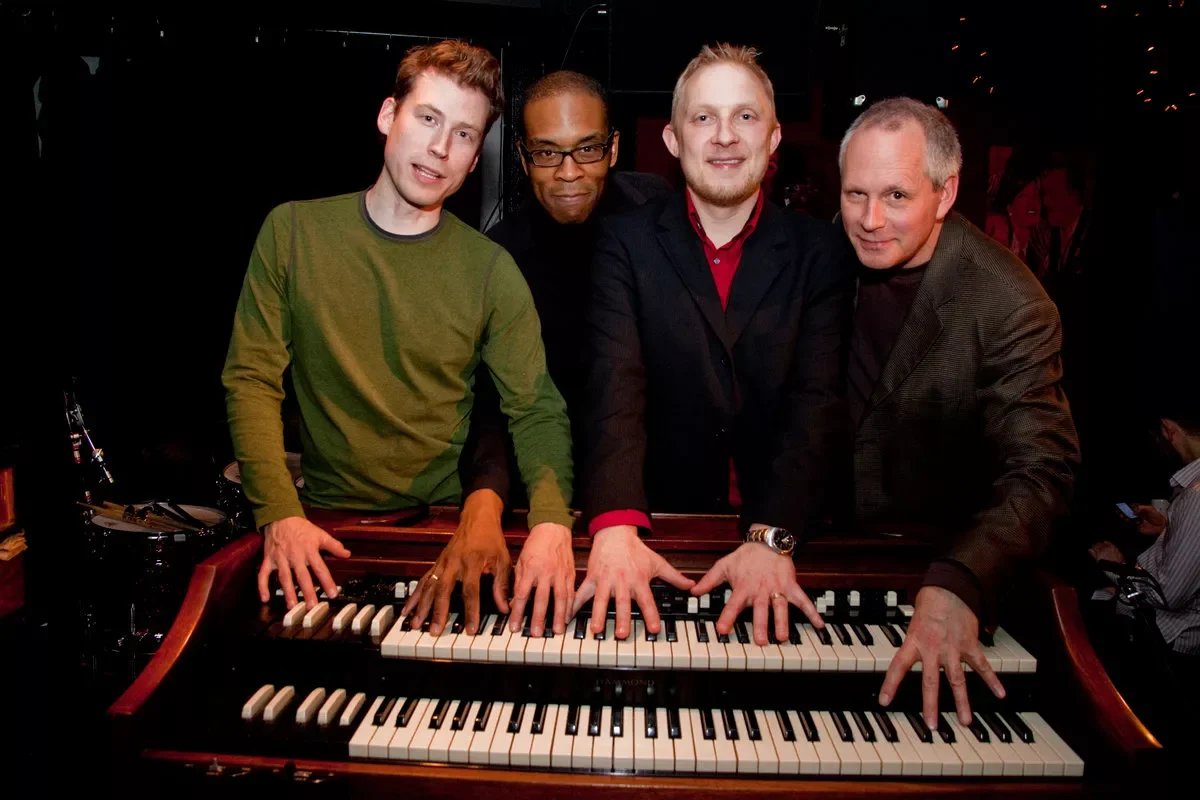Stir ’Splainer: Michael Kluckner on 5 works from Here & Gone, his latest book of watercolours and other art
Vancouver’s back lanes, shadows, landmarks, and “glamour parkway”
Michael Kluckner’s 2019 Lane north of Hastings.
THERE ARE A few throughlines in Michael Kluckner’s Here & Gone: Artwork of Vancouver and Beyond (Midtown Press). Via watercolour paintings, drawings, and essays, the local artist, writer, and heritage advocate illuminates the loss of artists' spaces, for example, and the loss of eccentric elements of the cityscape—“mainly weird little buildings”, he says.
Signed copies of Here & Gone are available via his website; the book can also be found at independent bookstores such as Massy Books, Iron Dog Books, Hager Books, and Book Warehouse Main Street, among other sellers.
Here, Kluckner shares the backstory of five artworks from his latest collection.
Lane north of Hastings (2019) (pictured at top)
I seek or create scenes that imply some kind of narrative, in this case the transition from old to new, from traditional wooden houses and back lanes to the glassy condo forest on groomed streets, from modest lives to wealthier ones. Vancouver has a topography of slopes and hills with views to the downtown, such as this of the lane north of Hastings Street at Templeton. Much of Here & Gone explores these kinds of changes, in the illustrations themselves and the writing that accompanies them.
Art to me is a tool, not “art for art’s sake” in any way. However, I am obsessed with shadows and the way they define space and tend to believe Henri Cartier-Bresson's adage that “geometry is the grammar of space”. The watercolour above shows the long blue shadows of December. The drawing below has a similar obsession with shadows framing the “positive space” of people and things. This is not art as a surface, it’s art as a window.
Dumpster Diver (2013)
Black ink without tones is a good medium for a city of extreme contrasts. The rough woodcut-style depersonalizes the subjects – in patches of light and dark they become as anonymous as homeless people have become on the city's streets and lanes. The text reflects on the 40 years since homelessness began to reappear on the streets of Vancouver. A food bank opened then and has never been able to close.
These chiaroscuro brush-ink drawings are the counterpoint in Here & Gone to the softer “mixed message” of the watercolours.
Sunrise Market, Gore & Powell (2015)
A local landmark in the DTES, started by the Joe family after their migration to Canada in 1956, and so an immigrants' tale of success; an unusual juxtaposition of a neighbourhood grocery store with the grand St. James Anglican Church in the background and the nearby relics of Japantown. Oppenheimer Park is a block away, the site of the tent city that lasted for nearly two years before being cleared out in May 2020.
The foot of Trafalgar Street (January 2020)
A place of fresh air and wide sky where anyone can wander but few can afford to live. I knew that the 1908 house on the right, one of the oldest in Kitsilano, was going to lose its setting to townhouse or infill redevelopment, and decided to paint it and its Douglas Fir, but expanded the watercolour onto a second piece of paper to capture this view. This is my ongoing documentation of a “Vanishing Vancouver”, to use the title of my old books: streetcar service began to the foot of Vine Street in 1905 and the City began to purchase lots to create a park along Kits Beach in 1908; the foot of Trafalgar was the '"end of track" for the Canadian Pacific Railway, which intended to build its deep-sea shipping terminals at Jericho; the foreshore here, still in its natural state, survived a proposal in the 1960s to put a “glamour parkway” between the houses and English Bay. Every picture tells a story, as Rod Stewart sang.
Notre Dame de Paris (2008)
The last half of Here & Gone is “gone” – it is travel artwork from around the world, mostly reflecting on change – where it is embraced and where it is resisted. When I painted this view of Paris's great cathedral in 2008, I thought how timeless French landscapes are and how much their historic buildings are valued and protected. But policy can't trump tragedy, as witnessed by the devastating fire in April 2019. Ironically, perhaps, the cathedral will now become like a Japanese temple: unlike in “the West”, when a building burns down in Japan it is replaced exactly, and is considered to be the same place. The spirit of a place endures, and “old” is sometimes newer than you think.
















